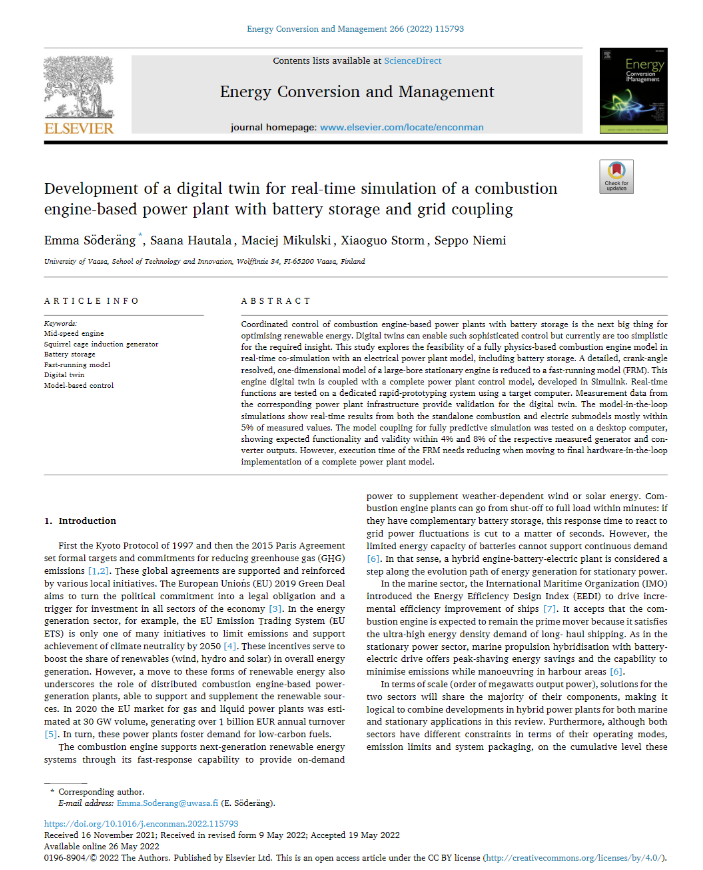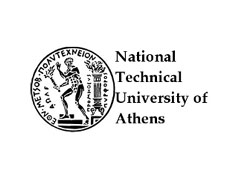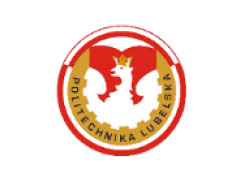Coordinated control of combustion engine-based power plants with battery storage is the next big thing for optimising renewable energy. Digital twins can enable such sophisticated control but currently are too simplistic for the required insight. This study explores the feasibility of a fully physics-based combustion engine model in real-time co-simulation with an electrical power plant model, including battery storage. A detailed, crank-angle resolved, one-dimensional model of a large-bore stationary engine is reduced to a fast-running model (FRM). This engine digital twin is coupled with a complete power plant control model, developed in Simulink. Real-time functions are tested on a dedicated rapid-prototyping system using a target computer. Measurement data from the corresponding power plant infrastructure provide validation for the digital twin. The model-in-the-loop simulations show real-time results from both the standalone combustion and electric submodels mostly within 5% of measured values. The model coupling for fully predictive simulation was tested on a desktop computer, showing expected functionality and validity within 4% and 8% of the respective measured generator and converter outputs. However, execution time of the FRM needs reducing when moving to final hardware-in-the-loop implementation of a complete power plant model.




















